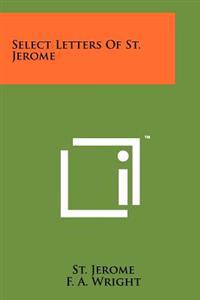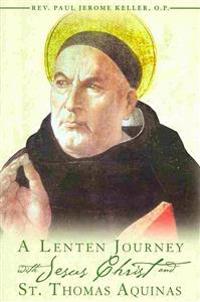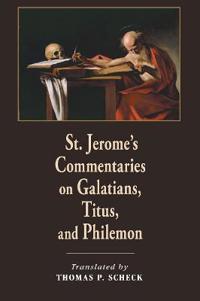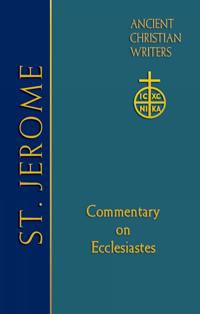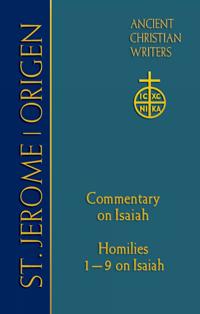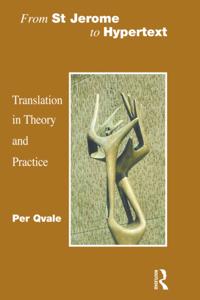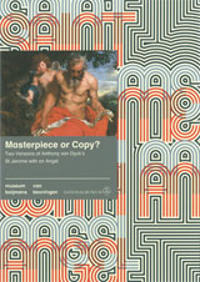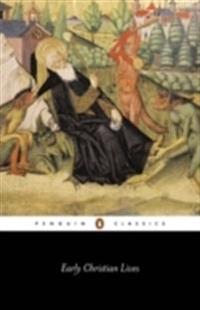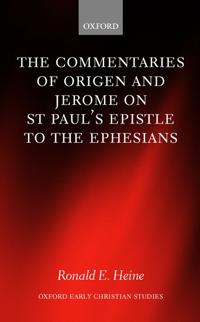St. Jerome's Commentaries on Galatians, Titus, and Philemon
ISBN: 9780268041335 - UTGIVEN: 2010-10St. Jerome (347-420) was undoubtedly one of the most learned of the Latin Church Fathers. He mastered nearly the entirety of the antecedent Christian exegetical and theological tradition, both Greek and Latin, and he knew Hebrew and Aramaic. We have the fruit of that knowledge in his most famous edi[...]
66. St. Jerome: Commentary on Ecclesiastes (Inbunden)
avRichard J. Goodrich, David J. D. Miller
ISBN: 9780809106011 - UTGIVEN: 2012-05This first-ever translation into English of this early work by St. Jerome includes a commentary by the Thistranslators that not only elucidates the difficulties but also presents an original view of Jerome's approach to the theological issues raised by this challenging book of the Bible.[...]
St. Jerome
ISBN: 9780809106080 - UTGIVEN: 2015-02Jerome is best known as the translator of the Latin Vulgate Bible. In medieval times, Jerome was declared to be one of the four great Doctors of the Latin church. The Council of Trent spoke of him as "the greatest doctor in the explanation of Holy Scripture." Jerome's commentary on Isaiah is his lon[...]
Masterpiece or Copy? Two Versions of Anthony van Dyck's St Jerome with an Angel (Häftad)
avCarina Fryklund, Friso Lammertse
ISBN: 9789171008237 - UTGIVEN: 2009-04Anthony van Dyck (1599-1641) was a child prodigy. While he was still in his teens he employed assistants in a workshop that produced numerous paintings. There are two or more versions of many of his compositions. The precise relationship between the different variants is often unclear, the question [...]
Early Christian Lives (Storpocket)
avJerome, St. Athanasius, Hilarion
ISBN: 9780140435269 - UTGIVEN: 1998-01Written between the mid-fourth and late sixth centuries to commemorate and glorify the achievements of early Christian saints, these six biographies depict men who devoted themselves to solitude, poverty and prayer. Athanasius records Antony's extreme seclusion in the Egyptian desert, despite tempta[...]
The Commentaries of Origen and Jerome on St. Paul's Epistle to the Ephesians
ISBN: 9780199245512 - UTGIVEN: 2003-02This important study provides the first English translation of both the surviving fragments of Origen's Commentary on Ephesians and of the complete text of Jerome's Commentary on Ephesians. The two translations are placed parallel to one another where they treat the same texts in Ephesians thus sho[...]

